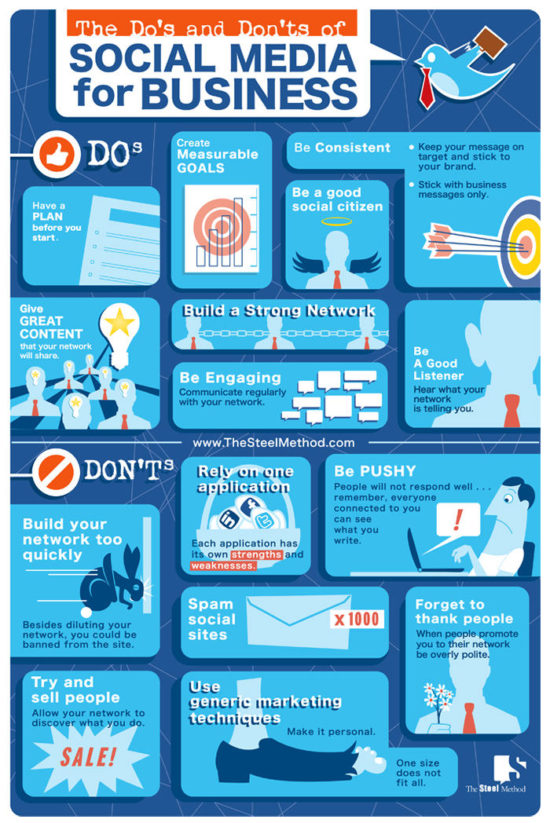Many business plans have page after page of statistics, SWOT analysis, financial projections, all written in a sincere attempt to capture a proposal of what turns out to be elegant ideas.
Just about every school text details the importance of writing a business plan. A business plan certainly has a place, especially when looking for outside funding.
But how many business leaders have executed their written plan? Most likely, after presenting it to either an internal team, the board of directors, or bankers, it remains in a folder or on a shared drive. Perhaps it’s dusted off during quarterly or annual reviews.
It’s a reminder of what you thought, way back when.
Today’s commerce moves fast. With continual change, successful businesses need to adapt quickly. Staying nimble takes precedence over a static business plan.
Consider that your business plan is a benchmark or a stake in the ground to measure progress, and see how far you have come. It can help calibrate the future.
Where most businesses fail
There’s a long list of reasons why businesses fail.
Essentially there are two main reasons why a business fails. The first one is your Senior Leadership. Some are excellent visionaries but are too technical and lack the business chops to carry out a plan. Others do not have the right experience to lead during the crucial growth stage.
The second reason a business fails is a fundamental lack of understanding between the business plan and the marketing plan.
Developing a marketing plan will shape the business and create future success. The marketing plan is the money plan. The money plan is the business plan’s oxygen.
A struggling business spends time to save money. A successful business spends money to save time.
In today’s digital world, a marketing plan designed to leverage the digital ecosystem – and where your customers live, is the fastest path to profitability. A marketing plan delivers the oxygen that keeps your business alive.
What is marketing?
Let’s steer away from the jargon and break it down into simple terms.
If a new farmer’s market is opening in your neighborhood and you print a sign that says the time, place, and dates for the event, then that is essentially advertising.
If you place the signs in store windows, then that is a promotion.
If a truck filled with produce spills on the way to the market blocking traffic to the event, and Twitter picks up the story, giving it a unique hashtag, then that is publicity.
And finally, if a business takes what could have seemingly been a disaster and transforms it into a positive story by either donating the produce to charity or giving it away for free, and the story goes viral, then that is earned media. If event organizers field and answer questions, then that is public relations.
Starting with the fundamentals
When developing your plan, there are only two keystones: strategy and tactics.
A strategy is a big picture or your GPS outlining the destination. The tactics layout a road map and show the path you will take to get to your destination.
The strategy explains the destination while the tactics layout how to reach the target market.
Interestingly, businesses ask the same questions. However, over the years, the answers have changed.
Traditional marketing used print advertisement vis-a-vie mediums like telephone books, newspapers, and magazines. Later, businesses bought advertising spots on the radio or television.
Today, search engines, social media, blogs, websites, and many other digital platforms provide new ways to reach the marketplace.
It’s easy to get caught up in the new shiny ball syndrome following the next best online tactic. While it’s necessary to stay abreast of the tactics, don’t let that be the only building block to your marketing strategy.
Secret #1 – Customer Success
Time and time again, I’ve seen the repercussion when the good-will for the end-user is lost. The biggest mistake businesses make is to build a product or service without remembering the value to the customer and how it solves their business problems.
Rather than pushing your message from the inside out as a one-way broadcast podium consider your customer’s viewpoint. Stand in their shoes – look inward. What will you see if you were looking at the product or service for the first time?
Customer success is the NorthStar in everything you will do, starting now.
Secret #2 – Education
The second biggest mistake I’ve seen entrepreneurs make is to start broadcasting before the marketplace is ready or even understands the value of the product or service.
Many business executives push hard and want to get married before even a first date!
Take the time to think of marketing as a first date. Get to know your customers. Do this by providing valuable content for free.
Use both an inbound (digital engagement) and outbound (e.g., attending events, sales calls) to provide educational content on various channels to broaden touchpoint opportunities.
Some companies may only use Facebook, knowing it’s the platform their customers prefer. A marketing strategy that includes tactics that meet customers where they are will shorten the time to market.
In the interest of timeliness to market, develop one piece of educational content across multiple digital channels. LinkedIn, Google ads, and Twitter, for example, can drive traffic to landing pages where you can capture contact information and begin fueling your lead generation ecosystem.
Content that demonstrates the value and addresses customer business needs builds trust.
Secret #3 – Engage
When developing content, it’s essential to create content types (e.g. blog, eBook, podcast, webinar) that nurtures prospects through a sales funnel. Understand the drivers behind online behaviors.
There are four reasons why someone will engage with your product or service.
It’s simple.
Online customers want to participate with brands as follows:
- They want to do something
- They want to know something
- They want to watch something
- They want to buy something
Online (digital) marketing makes engagement via educational content a straightforward part of a marketing plan.
The vast majority of shoppers start with a Google search.
Hint: Start by researching the keywords your industry uses. Discovering key phrases helps strengthen your perspective of what the marketplace requires. Provide content that answers their questions.
The bonus secret – fast revenue
If you follow the top three secrets, growing revenue is an easy next step. Astonishingly, you won’t even have to ask for marriage. It will organically happen.
Having children, aka, land and expand is the next step. We’ll cover that in another blog.











